October 25, 2013
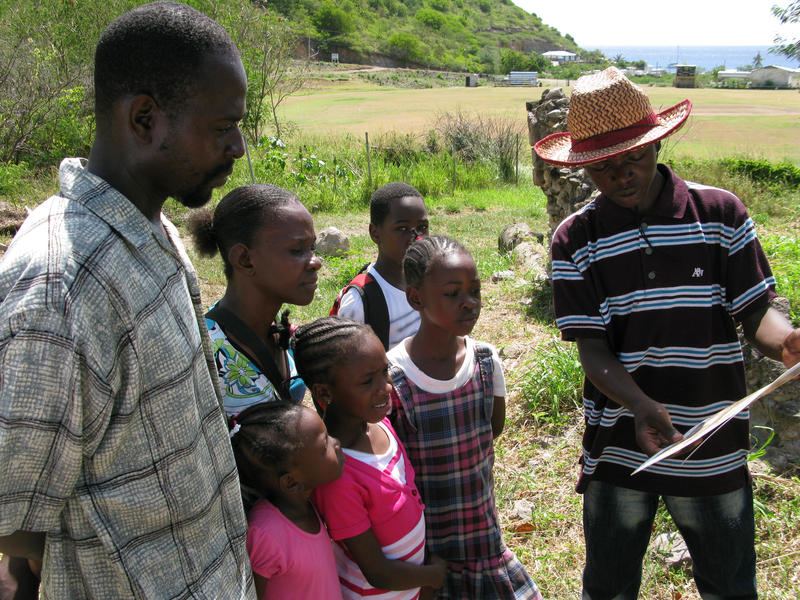
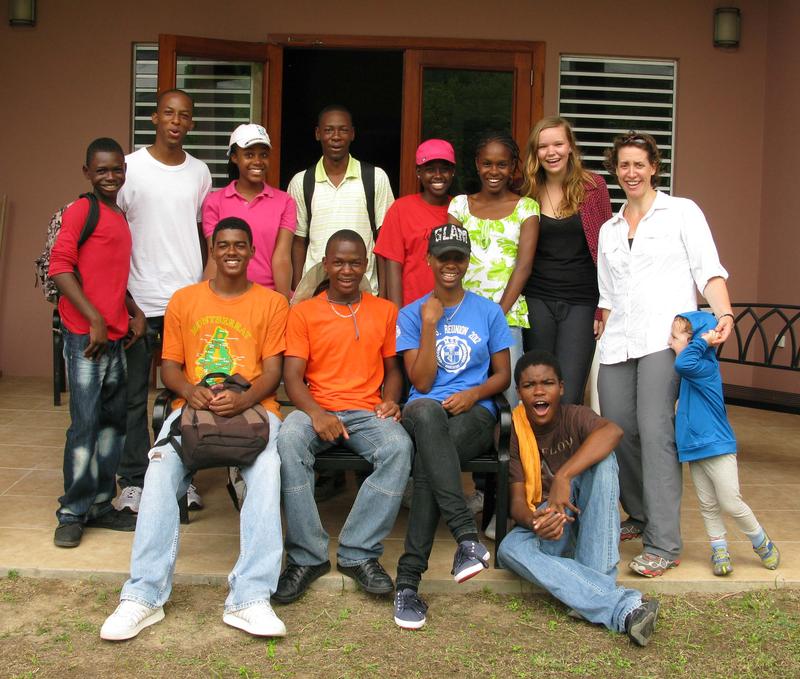

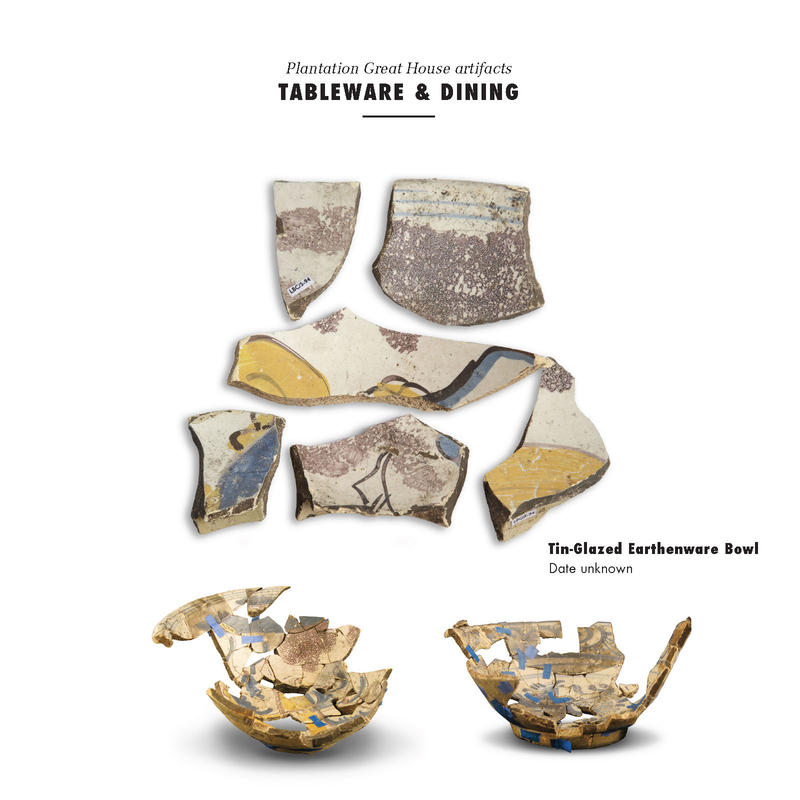
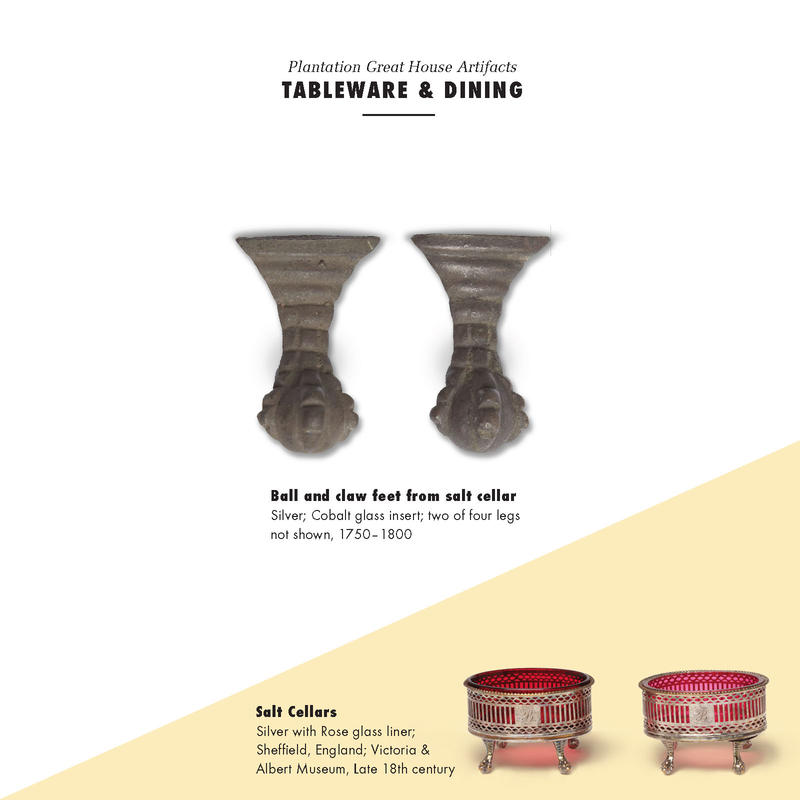
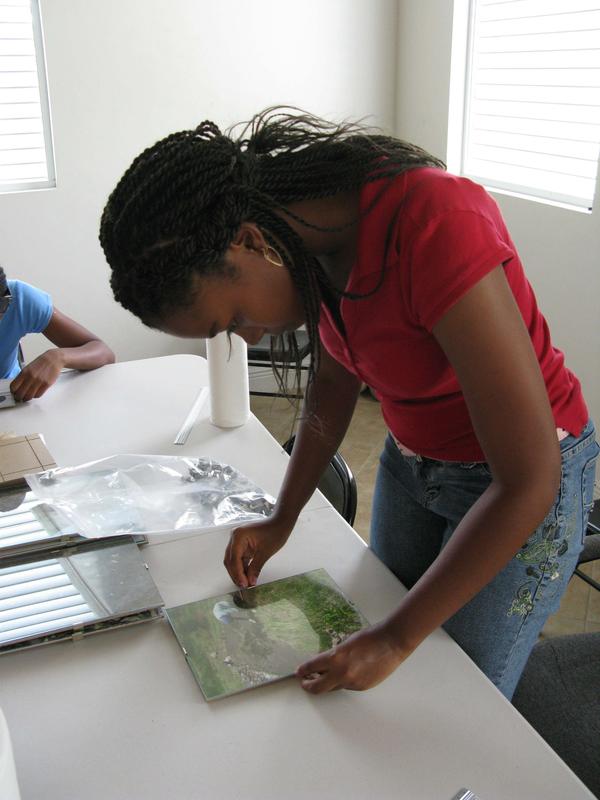
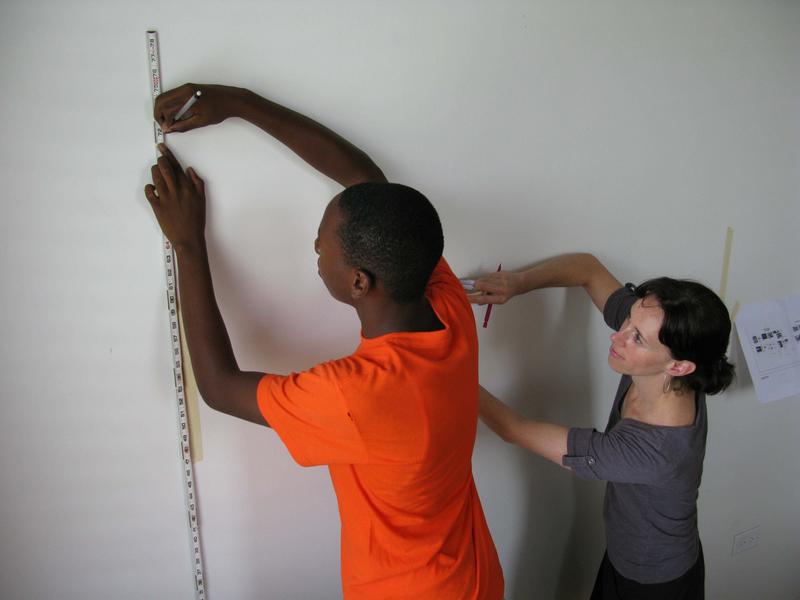
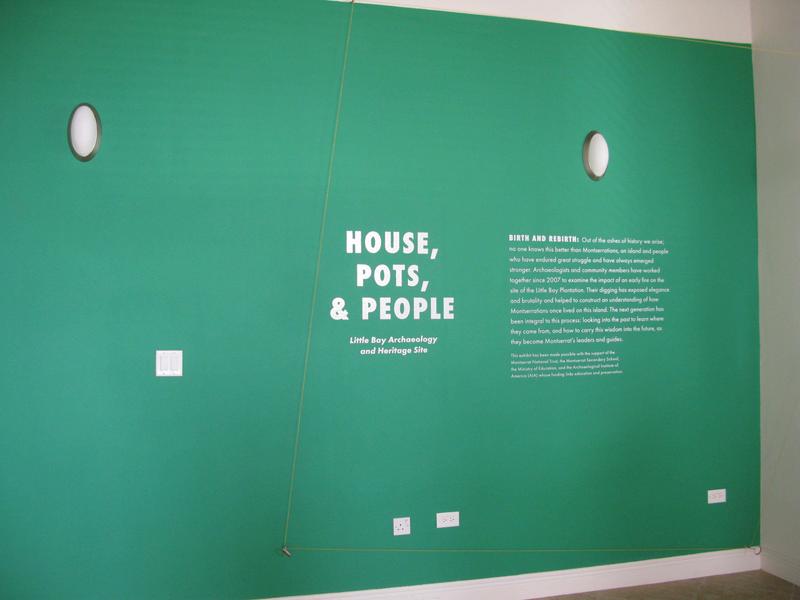
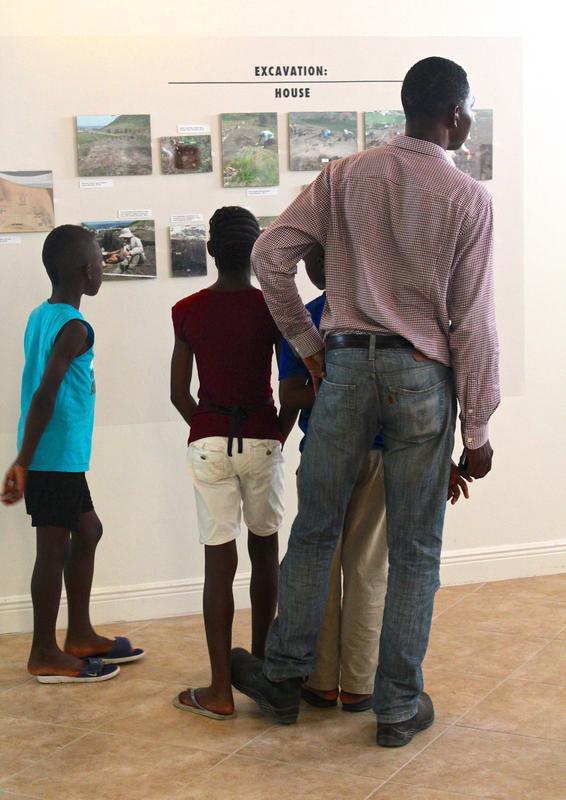
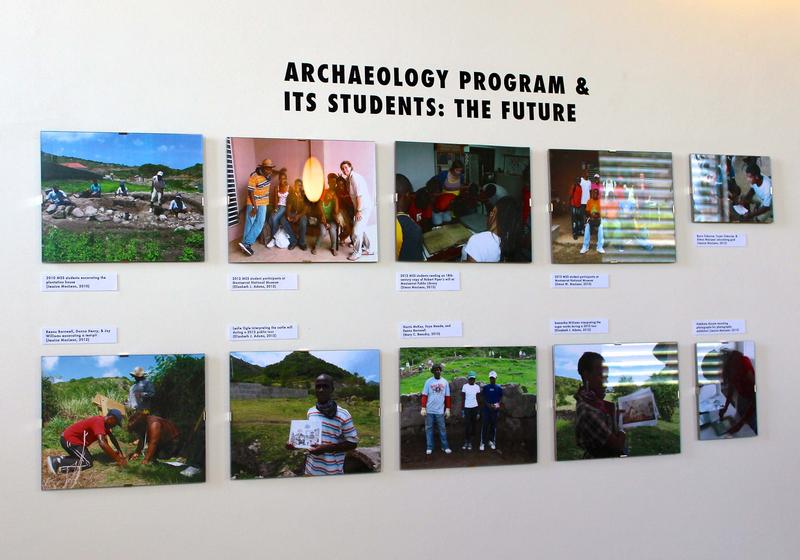
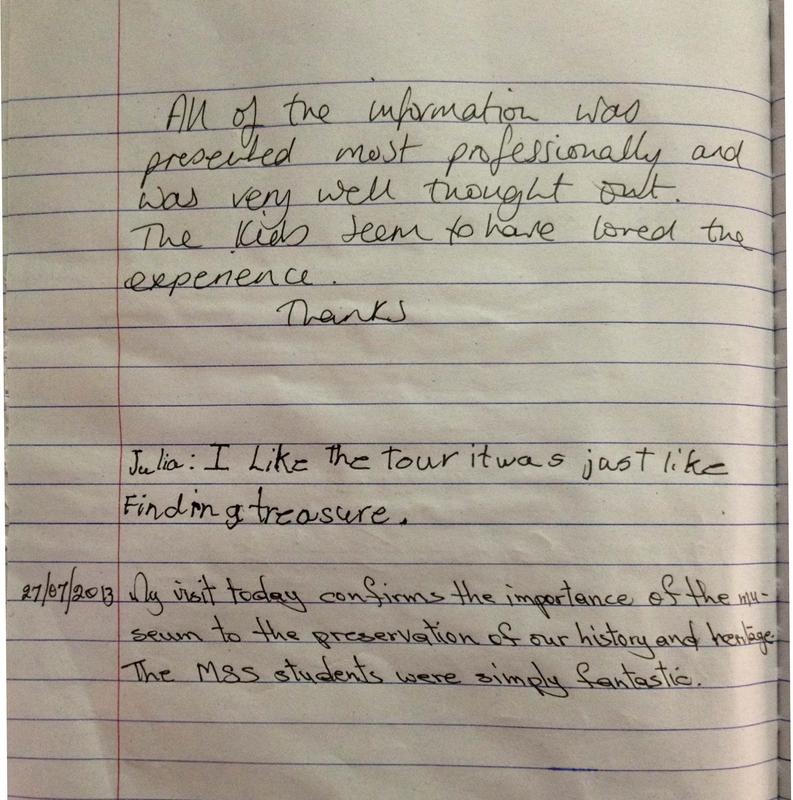
In July and August 2013, the Little Bay Archaeology and Heritage Project in an ongoing partnership with the Montserrat National Trust, continued its AIA funded efforts promoting preservation of the archaeological heritage of Montserrat through site development, education, and public outreach at the Little Bay Plantation.
Education Program in Archaeology
Our summer education program in archaeology, now in its fourth year, expanded from 7 to 11 fourth and fifth formers—the equivalent of freshman and sophomore high school students in the United States—from the Montserrat Secondary School. The three-week program introduced students to the fundamentals of archaeological practice including ethics, survey, excavation, and public interpretation and culminated with two days of student led public tours of the archaeological site and the launch of an archaeological photography exhibition at the National Museum at Little Bay, adjacent to the site.
The Montserratian Ministry of Education played a key role in this year’s program donating a van and driver to collect the students daily allowing our small-scale program to accommodate the expanded number of students and bolstering our ongoing efforts to integrate and root the archaeological program through community participation. Our local and public profile was further strengthened by student interviews conducted by the Montserrat Community Radio Station, WZJB and through efforts undertaken by the local newspaper to draw new visitors to the heritage site.
Public Interpretation: Walking Tour Implementation
Public interpretation at the Little Bay Plantation embodies a challenge faced by many archaeological sites, namely how to bring to life a site whose structural elements consist primarily of building foundations and whose interpretational narrative is based on interwoven threads of archeology, history, and scientific data resistant to translation readily accessible to the casual visitor. The constrained resources of the Montserrat National Trust further complicate available interpretive approaches ruling out the more accessible but costly option of site reconstruction. While rebuilding fixes architectural interpretation as fact, it would untenably create six additional structures for the Montserrat National Trust to oversee and maintain. While still working towards creative solutions to this question, we have directed our interim efforts to creating access to the Little Bay Plantation Site through physical maintenance of the site and its access, walking-tours, and interpretative signage integrating the local students and community with the site through education and outreach.
To link public interpretation to the archaeological process, students were trained to give site tours thematically based on the question: What do we know and how do we know it? To enhance the tour, and ground some of the interpretative abstractions, illustrated walking tour-kits were funded by the AIA and created in conjunction with New York based content and graphic designers Hana Elwell and Mia Beurskens. The five walking tour kits provide supplemental information that illustrate, for example, how micromorphology works and what it’s taught us about the site formation processes, and what exactly is a grotesque-face flintlock pistol butt-cap, and what can it tell us about the Piper brothers who lived in the plantation house? These tour guidebooks remain with the Montserrat National Trust (who owns and manages the site), which is in the process of integrating the walking tour with the Trust’s other public heritage offerings.
Archaeological Photography Exhibition
To further establish a link between the National Museum of Montserrat maintained by the Montserrat National Trust and the adjacent Little Bay heritage site a photography exhibit entitled House, Pots, and People was mounted in July and its opening coordinated with the public open house days led by the students. The exhibit was designed to address community-generated concerns that we archaeologists are only around for a brief season before disappearing leaving behind sparse public record or understanding of what we have been doing,
The exhibit takes visitors through the archaeological research process to date at Little Bay. House centers on the archaeological excavation of the plantation’s great house; Pot centers on the laboratory artifact work done in the field and back in the university setting; and People features both the 18th century individuals inhabiting the Little Bay Plantation, as evidenced in the artifacts they left behind, and those of today—the Montserratian, American, Slovenian, and Chinese students and volunteers—who have helped to make this project come to life. The Montserrat National Trust, integral to making this exhibit possible, contributed staff to keep the museum open during the weekend open house and opened the National Museum to our students and project exhibit. Our partnership with the MNT remains strong and is a key component to the success of our efforts now and in the future.
Heritage Site Development: Site Maintenance
Funded through the combined support of the AIA, the Montserrat Tourist Board, and the Montserrat National Trust, a year’s cycle of site maintenance was begun in August. Monthly maintenance will include mowing, fire-ant treatment, and litter removal—all key to keeping the site visible and accessible as a public heritage site. Introduced to the island in early 2000 with a shipment of imported soil used in the post-volcano rebuilding, fire ants, and their propensity to sting and swarm, are unwelcome site inhabitants, discouraging site visitation and exploration. Our ant treatment regimen, using methods prescribed by the Montserrat Department of the Environment, will combine the application of ant bait and intensive monitoring and provide a baseline study for the management of fire ants at other archaeological and heritage sites managed by the Montserrat National Trust. The management of this component of the project by the Montserrat National Trust will allow our efforts to continue unabated throughout the year improving the year-round visibility of our project and establishes the site as an active and on-going community heritage enterprise.
Looking forward, the final phase of the AIA funded project culminates in March 2014 when a series of 4 interpretation panels will be installed on a public roadway overlooking the site. A formal site opening with the Montserrat National Trust is planned to be held in conjunction with the annual weeklong St. Patrick’s festival celebrating the island’s 1768 slave rebellion and Irish heritage, which draws Montserratians and visitors from around the world.
To find out more about the Carr Plantation and the Site Preservation Grant work being done there, visit: http://www.archaeological.org/projects/carrplantationmontserrat
Learn more about the Site Preservation Program.